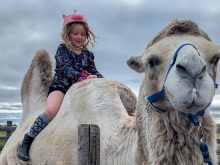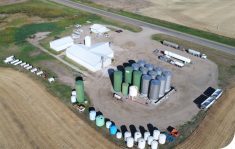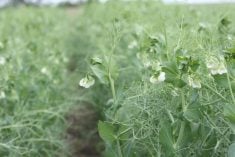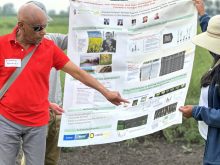RED DEER Ñ Canadian producers are scrambling to decipher rules governing cattle exports to the United States as the March 7 border reopening date approaches.
There are questions about paperwork and veterinary requirements and a possible court injunction on March 2 may stop trade. The U.S. Department of Agriculture, the Animal Plant Inspection Service and the U.S. Homeland Security are involved, said a Canadian Food Inspection Agency official.
“You’re going to have to satisfy everybody,” said Larry Delvar.
“The regulations we are going to have to follow as far as I know, changes from day to day,” he said at the beef industry conference in Red Deer
Read Also
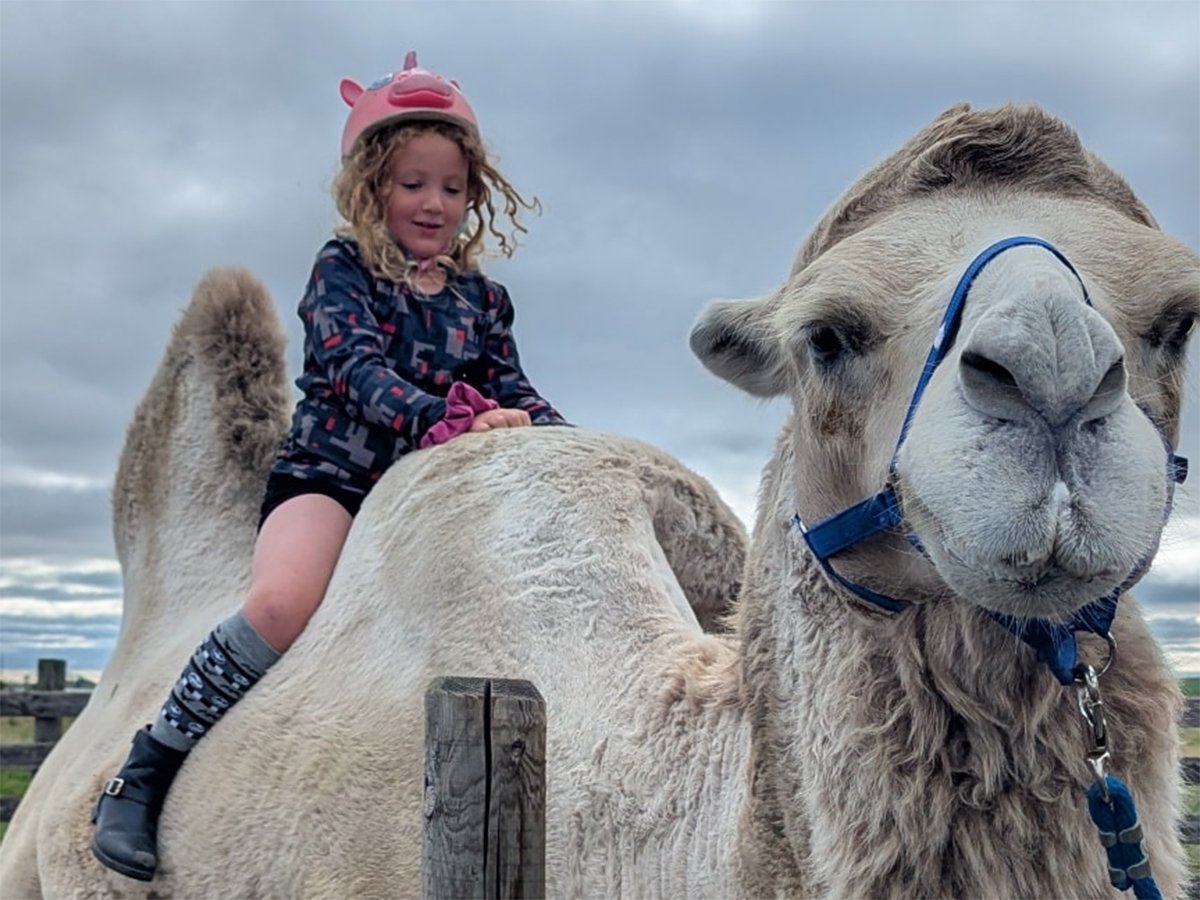
Volunteers help exotic animal farm rebuild
Exotic animal farm loses beloved camel and pony to huge hail storm that gripped the Brooks, Alta. area as a community member starts a fundraiser to help the family recover from the financial and emotional damage.
The chair of the Canadian Cattlemen’s Association’s foreign trade committee hopes for reasonable requirements to encourage trade both ways, since American feeders may start coming to feedlots here without extensive health clearance.
“I think at the end of the day they don’t want to make it any more onerous than what we’re going to make it on them because they know it’s going to be reciprocal,” said Brad Wildeman of Pound-Maker AgVentures in Lanigan, Sask.
“If you make it so onerous that no cattle trade, really you’ve hurt both sides,” he said in an interview.
Detailed rules are expected to appear on the CFIA website this week.
So far it is known that feeders and fat cattle must receive Canadian Cattle Identification Agency approved ear tags at their place of origin so they can be traced back in the event of a problem.
The feeder calves must have a brand high on the right hip close to the backbone so it can be seen from above. The brand will be C, inverted V, N. They must be branded before entry to the U.S. or they do not cross the border.
CFIA expects each animal’s tag number, sex and description will be included on export certificates.
State import permits are likely needed since each has its own animal health requirements. State veterinarians have not indicated what they will require.
Homeland Security wants exporters to have a bar code fixed to the export certificate to expedite border crossing.
“If you don’t have a bar code when you get there with your papers, the cattle don’t cross,” Delvar said.
Feeder heifers must be open, although if they are less than 35 days pregnant it may be difficult to determine. A producer affidavit stating females were not exposed to a bull is not good enough.
Animals finished in a U.S. feedlot must reach market weight and be slaughtered before 30 months of age. Packers may rely on dentition or bone ossification to determine maturity. If they fail the age test, the exporter could be responsible for disposal costs since older cattle and their beef are banned.
All trucks must be sealed where the animals are loaded. This has already created a problem because the seal may be too small to close truck exits properly so some units need to be retrofitted.
Exporters can only send cattle through 20 designated ports of
entry.
These are: Oroville and Sumas, Washington; Eastport, Idaho; Opheim, Raymond and Sweetgrass, Montana; Dunseith, Pembina and Portal, North Dakota; Detroit, Port Huron and Sault Ste. Marie, Michigan; Baudette, Minnesota; Alexandria Bay, Buffalo and Champlain, New York; Derby Line and Highgate Springs, Vermont; and Houlton and Jackman, Maine.
Upon arrival at a border crossing, feeder calves will be unloaded, checked and reloaded with the seals replaced until they reach their final destination. Slaughter cattle will go to federal plants where they will be unloaded and inspected.





